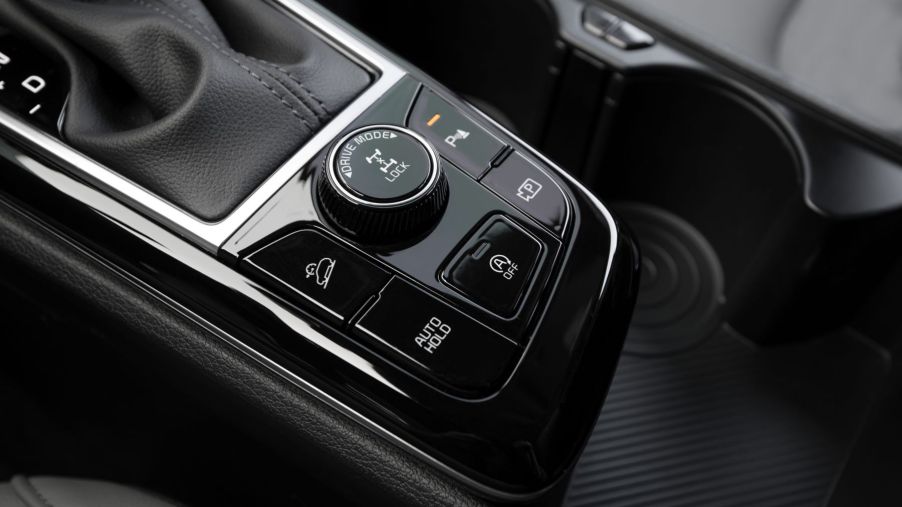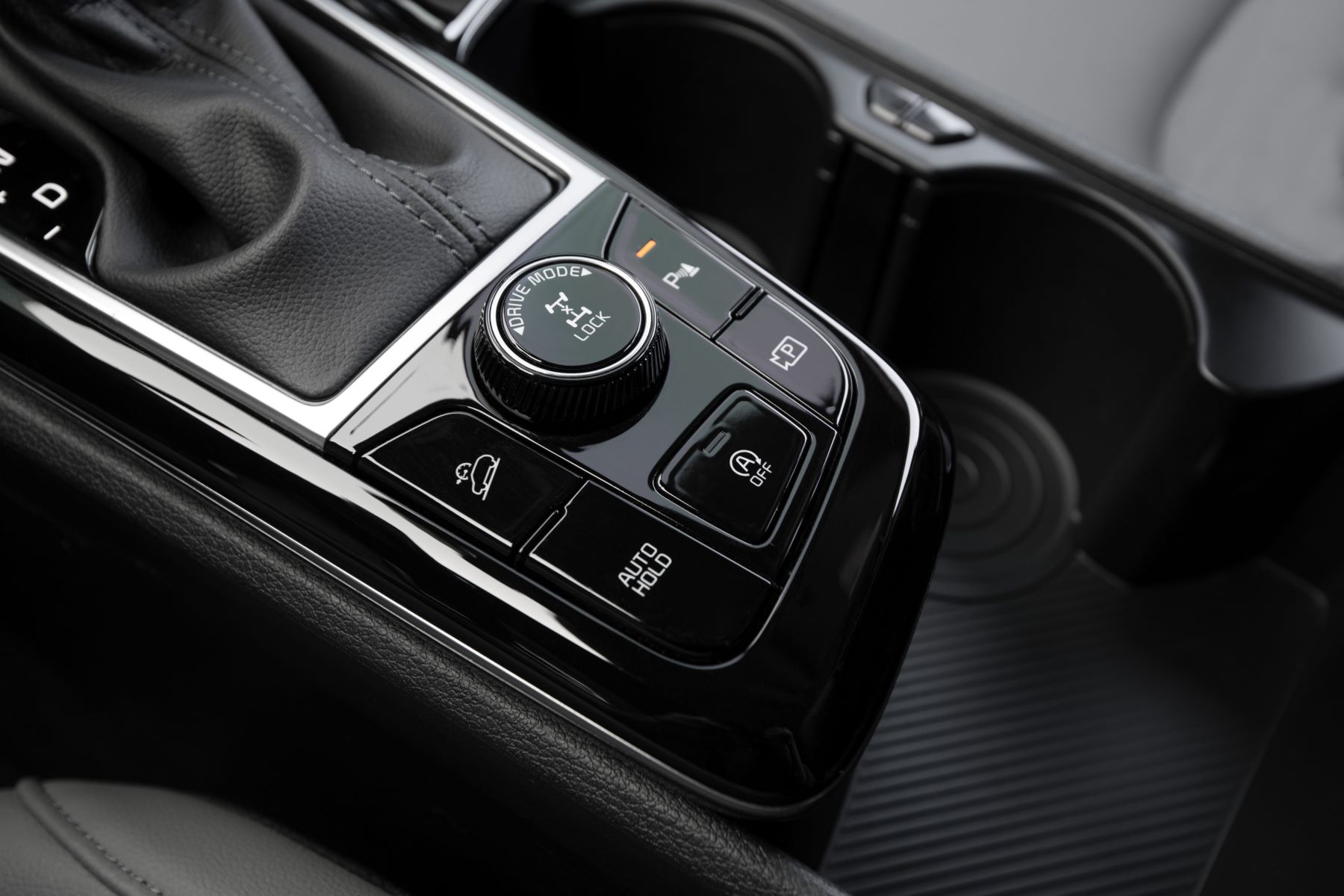
What Does the ‘Eco’ Button Do and How Does It Help the Environment?
Manufacturers are putting increasing effort into producing eco-friendly cars and trucks that don’t harm the environment. Electric and hybrid vehicles are becoming more common, and many cars with gas-powered engines now offer something called “Eco” mode. Wondering what exactly Eco mode is and how it works? Read on to learn about its fuel economy advantages and more.
The mystery of the ‘Eco’ button

Anyone who has been in a gas-powered car recently has probably seen a mysterious button marked “Eco.” If you’re like many people, there’s also a good chance you’ve wondered what exactly it is.
In brief, the Eco button is designed to help the car use less fuel. That much, you probably could have guessed from its name. So, how exactly does it work, and more importantly, does it work? The answers may surprise you.
How does Eco mode work?
UsedCars explains that Eco mode works in most vehicles by retracting or lessening their performance capabilities. For example, it can get more mileage out of a gallon of gas by reducing the throttle response, shifting the transmission at a lower RPM, or drawing less energy for electric systems to function.
Eco mode is designed to lessen your engine’s work to increase your car’s energy efficiency and fuel economy. This means that while you may save on gas in Eco mode, you also sacrifice things like acceleration power and general performance.
There’s also the question of how effective Eco mode is at saving on fuel costs and carbon emissions. There’s no accurate data out there to answer this question, as numbers are all over the map. For example, the website Cars shares that Ford used to tell drivers that following its EcoMode driving guidelines could improve fuel economy on a 2012 Focus by as much as 24%, while Hyundai used to say that Active Eco mode improved fuel economy by up to 7%,
Overall, experts put the average fuel savings produced by Eco mode at only around 5%, according to AutoTrader. This is admittedly better than nothing, but it’s also not the considerable savings that many might hope for, given the sacrifices in performance that they often have to make in Eco mode. If you generally use two tanks of gas per month for 1,000 miles of driving, you’ll get an extra 600 miles a year out of Eco mode.
There are other ways to help the environment while driving
Of course, Eco mode isn’t the only way to increase your vehicle’s fuel economy. You can implement plenty of techniques to cut down on the amount of gas that your car guzzles.
For starters, pay close attention to how much you use your air conditioning. Air conditioning can create a significant drain on fuel economy–as much as 25%. For that reason, when you’re driving at low speeds, it can be beneficial to roll down your windows rather than go for the A/C. However, doing that at high speeds can be worse for your fuel economy due to questions of aerodynamics.
Another classic way to save on fuel is to make sure never to accelerate too quickly. A light foot on the gas pedal can go a long way toward helping your car use its fuel as efficiently as possible. In addition, once you’ve gotten to your desired speed, look for opportunities to coast whenever you can. By allowing gravity to do your car’s work for it, you can give your gas pedal a rest.
All in all, there’s certainly no harm in driving in Eco mode, and doing so is better than nothing if your goal is to help the environment. Remember that there are other techniques that you can try in addition to Eco mode that may be even more effective in the long run.


